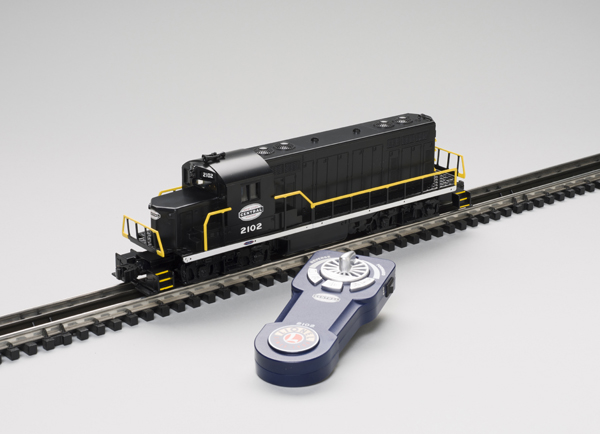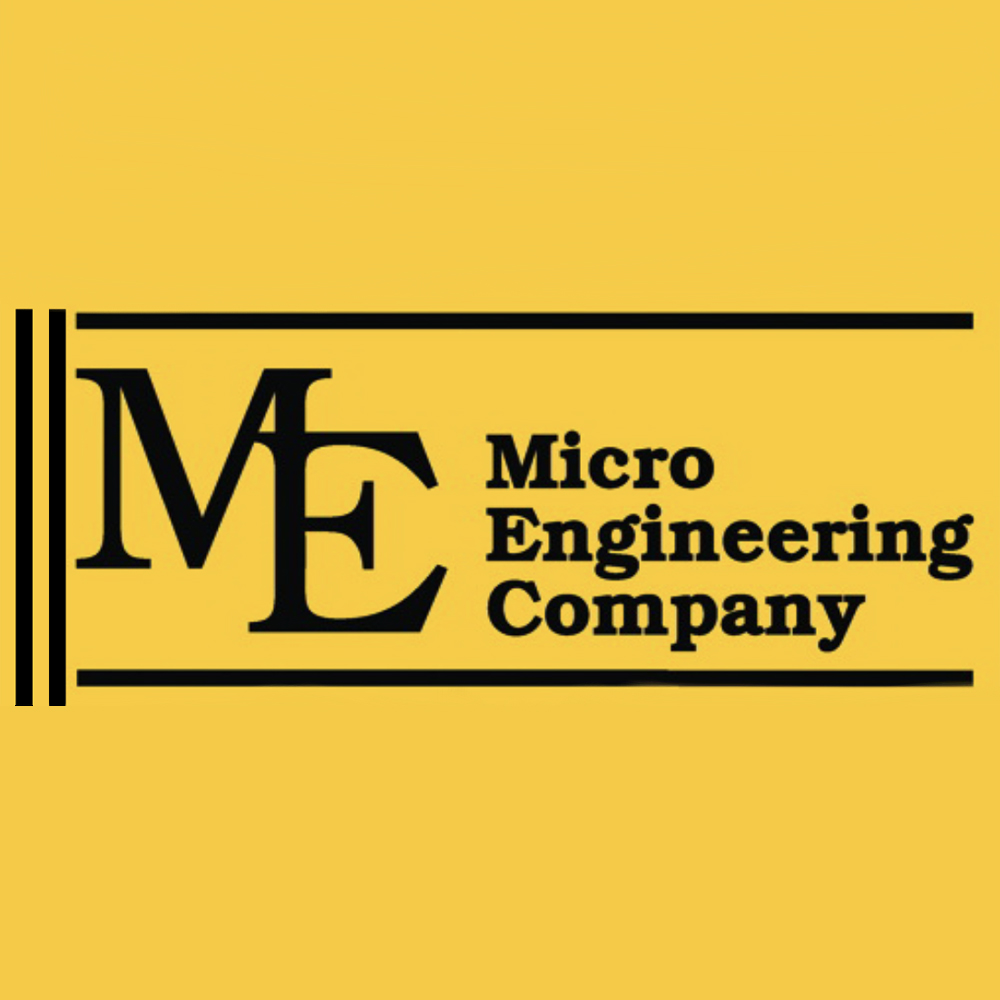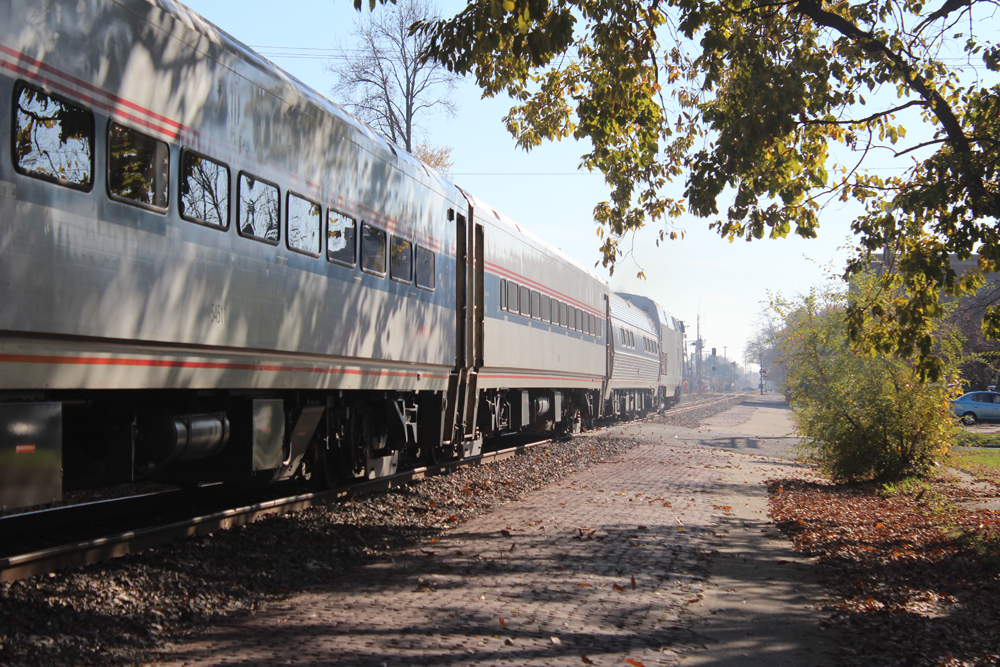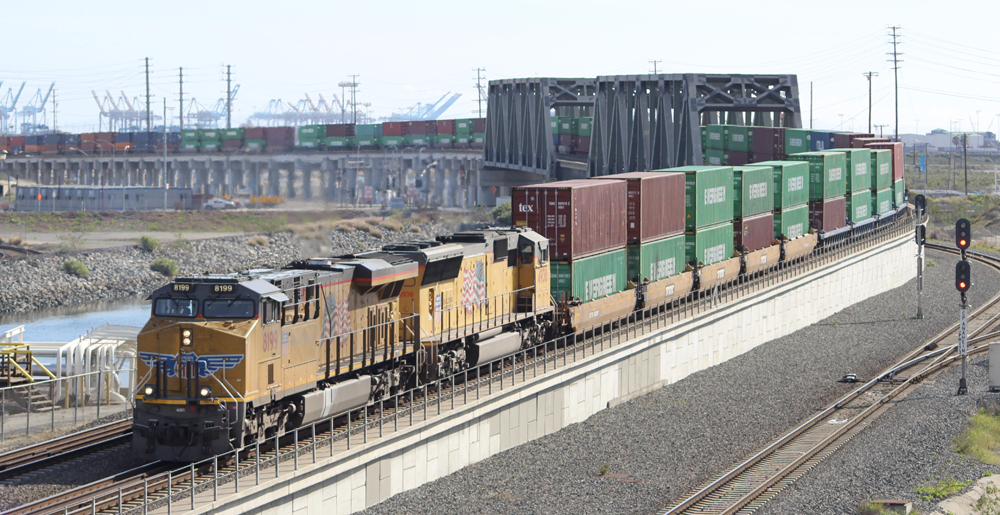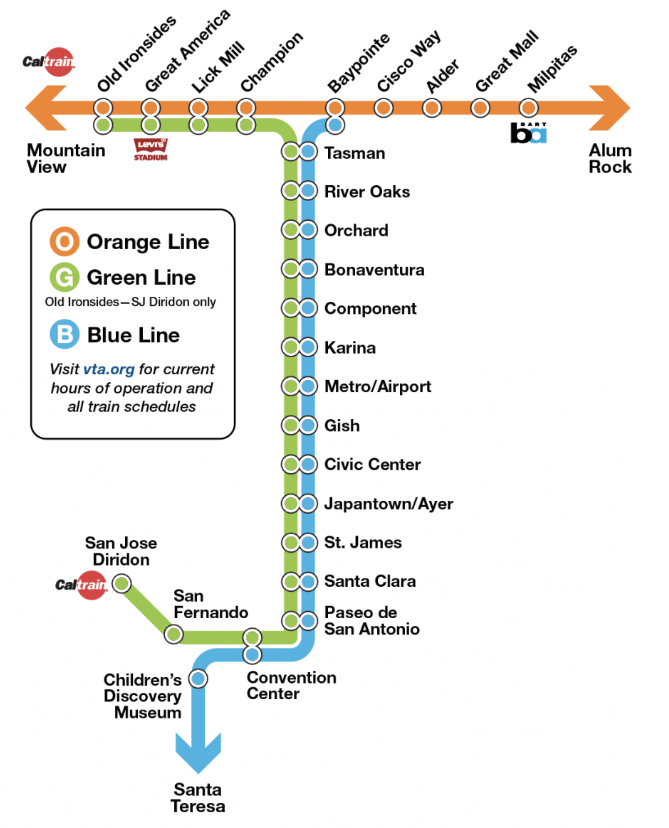Price: $339.95 (no. 82172) Min Curve: O-31 Cmd Low: 2.32 smph Cnv Low: 3.7 smph High: 80.8 smph Drawbar pull: 1 lb., 11 oz.
Features: Two can-style motors, LionChief Plus command system, RailSounds RC sound system, fan-driven smoke unit, coil couplers (operable only with remote), command- or conventional-mode operation, LionChief Plus remote controller Current production road names: BNSF; CP Rail; CSX; New York Central; New York, Susquehanna & Western; Norfolk Southern (original); Southern Pacific; and Union Pacific
In 1960, much of railroading’s diesel fleet dated from just after World War II. Not obsolete, but past their first minor overhaul and approaching their date for a major overhaul. So how do you talk railroads into replacing diesels with a great deal of life left in them for new models? Offer a deal.
The GP20 was a well-built 2,000-horsepower road switcher that, for the most part, looked similar to a GP7/9/or 18. The internal mechanics, such as the turbocharger, were what made the model an improvement. Still, EMD needed to sweeten the deal.
Sure you could buy a new GP20 for $187,500 but if you traded in a functional F3 as part of the deal, EMD would write a check for $40,000. Huh? Why such generosity?
Well, EMD would reuse some components in the construction of your new GP20.
But before you shipped the locomotive to EMD in LaGrange, Ill., it would let you strip $8,000 worth of power assembly parts useful in maintaining other 1,500-horsepower EMD units in your fleet. Yes, you basically got cost-free replacement parts! Factor in that most F3s were approaching a $50,000 major overhaul and … can you say cost avoidance?
Built from 1959 to 1962, the GP20 was a modest seller with 260 being built for nine owners. It did demonstrate the universal capabilities of EMD products and the interchangeability of parts that eased maintenance costs. The locomotives performed as well as their predecessors. Time and technology tend to move on, but a few still survive and operate, which isn’t bad for a locomotive built five decades ago.
Opening the box
I’m a fan of the traditional GP7-9-18-20 locomotive. When I was a lad I saw far more engines with this body style than E units or F3s. So high-nose or low, this is a familiar friend. It is also a great choice for the LionChief Plus line, which is focused on new, returning, or younger hobbyists. The carbody fits in anywhere from 1960 to today.
The model has a plastic pilot with brakeman’s steps and what looks like a cast-in uncoupler arm. The ends of the steps are painted yellow for safety.
The locomotive frame is stamped and folded sheet metal, which means the handrails are darned near indestructible – a plus for newbie enthusiasts and youngsters. The stanchions are painted black, and the rails are painted yellow. The deck has large diamond tread stamped in it, and the outward rim is folded down and painted white with a builder’s pate and “F” for front on it.
The low nose has cab steps on the brakeman’s side. The cab has two crew figures and panes in the windows. There is no interior decoration, but the illuminated cab has a neat visual twist – you can see the revolving head of the can motor, which in the lower speed ranges looks neat!
You’ll find ample cast-in detailing for the many doors, hatches, screens, latches, and hinges on the carbody. The detail texture is etched into the body rather than raised.
On the long end you’ll find headlights, classification lights, and number boards. Add-on yellow grab irons run up to the top of the locomotive.
Up top you’ll find a simulated sand cap near the end; farther along are four cast-in radiators and two exhaust stacks.
The locomotive’s livery is a simplified, late New York Central design with the cigar band logo on the ends and cab sides. The body was left black in anticipation of the arrival of Penn Central. As such, it was uncomplicated and rendered nicely on the O gauge model.
On the test track
Smoke output is the most striking I’ve seen on a LionChief locomotive. This may be because the smaller circular vents resulted in a tighter stream of smoke – the white stuff really showed up well. The narrow stacks, however, suggest refilling this unit might be messy!
The bell was good; the horn a little digital-recording sounding. The prime mover sounds and revs were nice. The announcements were good as well. We tried as many as 12 cars behind the GP20, and the diesel never waivered.
Our low-speed average was 2.3 scale miles per hour, and the high speed was 80.8 scale miles per hour. The drawbar pull was 1 pound, 11 ounces.
Front and rear coupler operation was instantaneous. Please note that this only functions by remote while in command mode.
You can operate the locomotive in conventional or command modes.
The LionChief controller is a wonderfully basic product that is far less intimidating than the Lionel Cab-1 or Legacy remotes or the MTH DCS remote controller. The functions are spelled out clearly, and the printed instructions are more than adequate. LionChief running is the gateway drug, so to speak, for cultivating someone to become a command-control operator!
The hobbyist, new or experienced, gets basically the same digital experience as the chap running his $1,000 locomotive, and probably has as much fun as the other guy!
Worth noting is there are controls beneath the locomotive for key functions, such as command/conventional, smoke on/off, and sound on/off. I found this pretty handy.
The LionChief Plus GP20 is a good product that performs nicely. You experience ease of operation in both conventional and command modes, and the sound package is a nice value-added feature that lets you feel like a big time operator no matter how small your O gauge fleet is.





